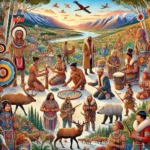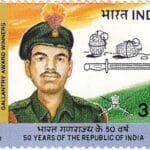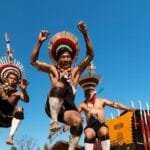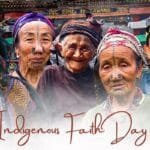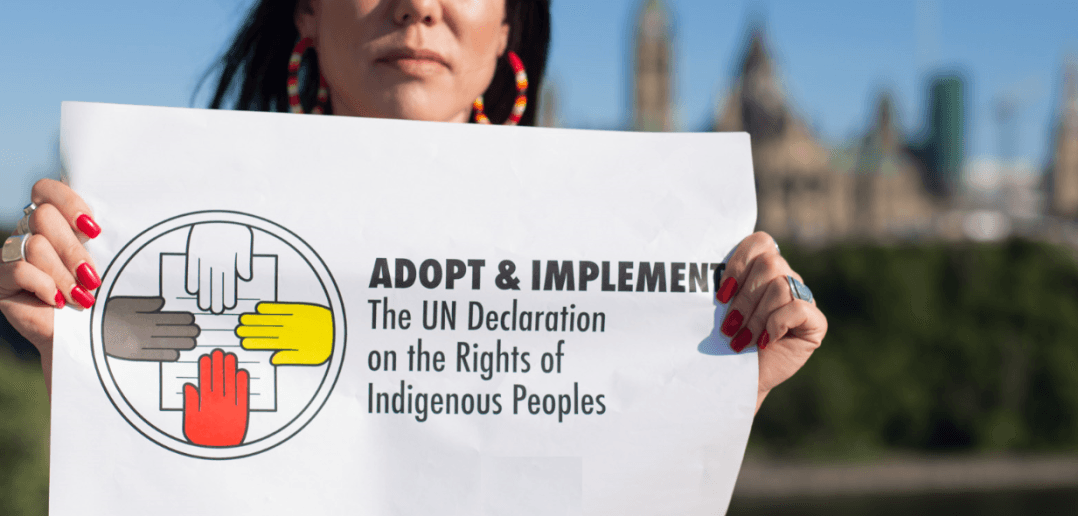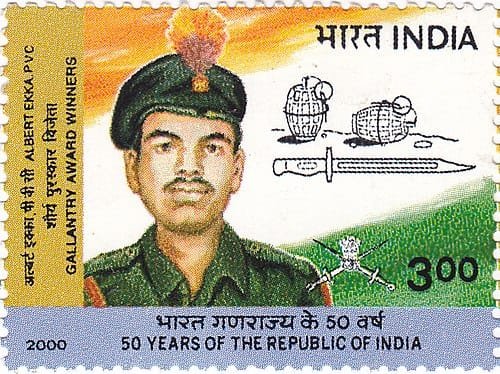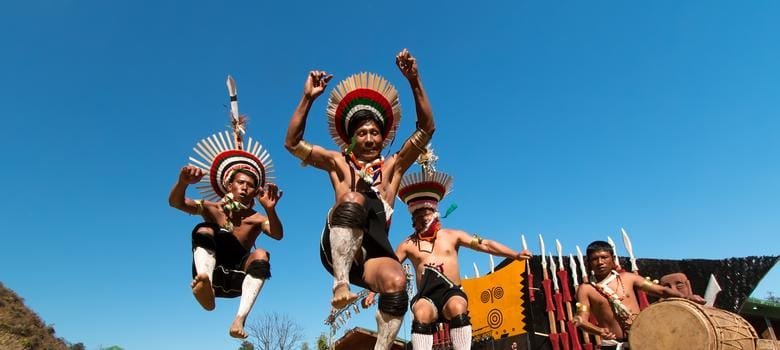On 13 September 2007, after decades of struggle and negotiation, the United Nations General Assembly adopted the Declaration on the Rights of Indigenous Peoples (UNDRIP). For the world’s First Peoples, this was not just another UN document—it was a recognition of survival, dignity, and justice after centuries of colonization, land dispossession, and cultural erasure.
Although not legally binding like a treaty, UNDRIP is the most comprehensive international instrument addressing the rights of Indigenous peoples. It sets minimum global standards to safeguard their lands, cultures, and self-determination.
Why UNDRIP Matters
Indigenous peoples—estimated at more than 476 million across 90 countries—have long faced displacement, assimilation, and systemic discrimination. From the forced removals in North America to the criminalization of tribal religions in India, the story is strikingly similar: lands lost, languages silenced, and traditions undermined.
UNDRIP stands as a counter-narrative to this history. It affirms that Indigenous communities are not relics of the past but living nations with rights equal to all others.
Key Principles of the Declaration
Self-Determination (Article 3): First Peoples have the right to freely determine their political status and chart their economic, social, and cultural future.
Land, Territories, and Resources (Articles 25–28): Recognition of traditional lands and resources, along with restitution or fair compensation if taken without consent.
Free, Prior, and Informed Consent (Article 32): No development projects, laws, or policies should be imposed on Indigenous territories without their approval.
Cultural Rights (Articles 11–13): Protection of languages, ceremonies, and spiritual practices, ensuring that cultural heritage remains alive.
Equality and Non-Discrimination (Article 2): Indigenous peoples are equal to all other peoples and must not face discrimination.
A Difficult Path to Adoption
The Declaration did not pass easily. Powerful settler-colonial states—Australia, Canada, New Zealand, and the United States—initially voted against it, fearing its implications on land claims and sovereignty. Over time, grassroots advocacy and Indigenous diplomacy forced these governments to reverse their opposition. Today, all four officially endorse UNDRIP.
Still, the reluctance reveals a deeper truth: the rights guaranteed in UNDRIP challenge the very foundations of colonial nation-states.
Global and Local Impact
Since 2007, UNDRIP has influenced legal reforms, constitutional debates, and Indigenous activism worldwide.
Canada incorporated UNDRIP into national law in 2021, aiming to align all legislation with its principles.
Bolivia and Ecuador recognized Indigenous rights in their constitutions, echoing UNDRIP’s framework.
In India, while the government has not officially integrated UNDRIP, tribal communities draw upon its principles in struggles for land rights, environmental protection, and the defense of their religions against criminalization.
More Than a Document
UNDRIP is not a final victory but a living tool. Its power lies in the way Indigenous peoples use it: to challenge destructive mining projects, to resist forced conversions, to reclaim sacred lands, and to preserve languages on the brink of disappearance.
For First Peoples, it represents something deeper than policy—it is a recognition that their ways of life are not obstacles to progress but pathways to a more just, sustainable world.
The Declaration on the Rights of Indigenous Peoples is a global framework of hope and accountability. It tells governments, corporations, and societies that Indigenous survival is not negotiable—it is a right.
As First Peoples continue to defend rivers, forests, mountains, and ancestral knowledge, UNDRIP remains both shield and compass. It reminds the world that Indigenous futures are central to humanity’s future.

